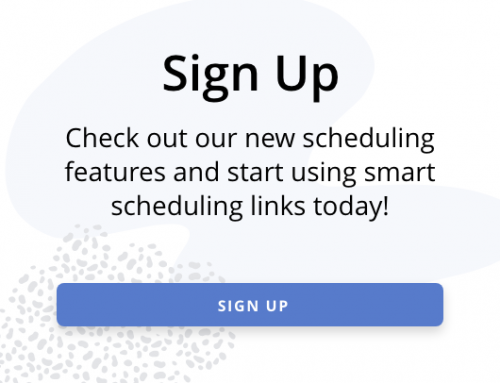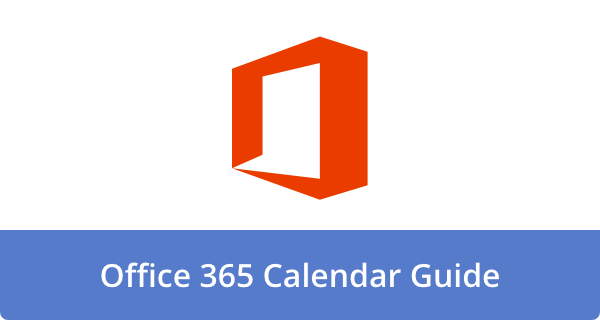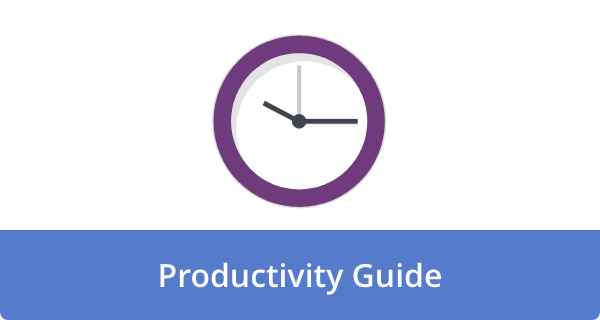

Most high performers can muscle through a crunch. Burnout is different—an erosion that occurs when chronic stressors, such as nonstop meetings and always-on expectations, consume your typical day. The World Health Organization classifies burnout as an occupational phenomenon caused by “chronic workplace stress that hasn’t been successfully managed,” not a personal failing (WHO definition). If parts of your day below sound familiar, the issue may be with your calendar design, not a lack of grit. Use these signals to audit your schedule and make targeted, research-backed fixes you can implement this week.
1) You routinely work long hours with little off-time
Consistently logging 55+ hours a week is linked to higher risks of heart disease and stroke in a global analysis published in Environment International (WHO/ILO joint estimates, 2021). One sprint won’t break you—persistent overage will. If your calendar normalizes late nights or weekend “catch-up,” recovery never happens. Practical fix: set a hard daily stop time, use delayed send after hours, and block one midweek evening with no work apps. If the workload still doesn’t fit, escalate scope and tradeoffs instead of stretching the day.
2) Meetings slice your day into confetti
When your schedule is a chain of 30-minute calls, deep work gets pushed to nights. In Microsoft’s 2023 Work Trend Index, 68% of people reported not having enough uninterrupted focus time (annual report PDF). Translate that to your week: constant context switching and status updates crowd real work. Practical fix: declare two daily 90–120-minute focus blocks (ideally before noon), bundle quick decisions into 15-minute huddles, and convert status updates to async posts. Require agendas for invites and decline meetings without one.
3) You’re expected to be reachable after hours
The problem isn’t only late work; it’s the expectation to monitor messages. A study in the Journal of Occupational Health Psychology found that organizational expectations to check email at night drive emotional exhaustion—for employees and their families—even when people don’t actually log on (Virginia Tech study PDF). Practical fix: publish your response-time norms, turn off push alerts outside work windows, and default to “send later.” Leaders should model detachment with nightly no-message windows.
4) Psychological safety and basic protections are missing
If people can’t question priorities, flag overload or push deadlines without social cost, the schedule will drift toward burnout. The U.S. Surgeon General’s Framework for Workplace Mental Health & Well-Being identifies five essentials—protection from harm, connection, work-life harmony, mattering and growth—as foundations for healthy performance (HHS framework, 2022). Practical fix: set team norms for max meeting hours per week, explicit reply SLAs and a monthly “stop-doing” review to kill low-value work.
5) Priorities are vague, forcing constant context switching
Burnout isn’t just about volume; it’s friction. Cognitive research shows that switching tasks imposes measurable time and effort penalties, which increase as tasks become more complex (Rubinstein, Meyer, & Evans, 2001). Vague goals multiply switches across tools and threads. Practical fix: start each week with a one-page plan listing 3–5 outcomes, then time-block around them. Keep a parking lot for ideas that don’t fit this week, and use a single source of truth per project to avoid duplicate chats.
Closing thought: If you recognized two or more of these, it’s a structural problem—one your calendar can solve. Pick one change today—like a daily 90-minute focus block or a teamwide after-hours quiet window—and socialize it. Small, visible norms compound into sustainable, high-impact days.











Deanna Ritchie
Editor-in-Chief at Calendar. Former Editor-in-Chief and writer at Startup Grind. Freelance editor at Entrepreneur.com. Deanna loves to help build startups, and guide them to discover the business value of their online content and social media marketing.